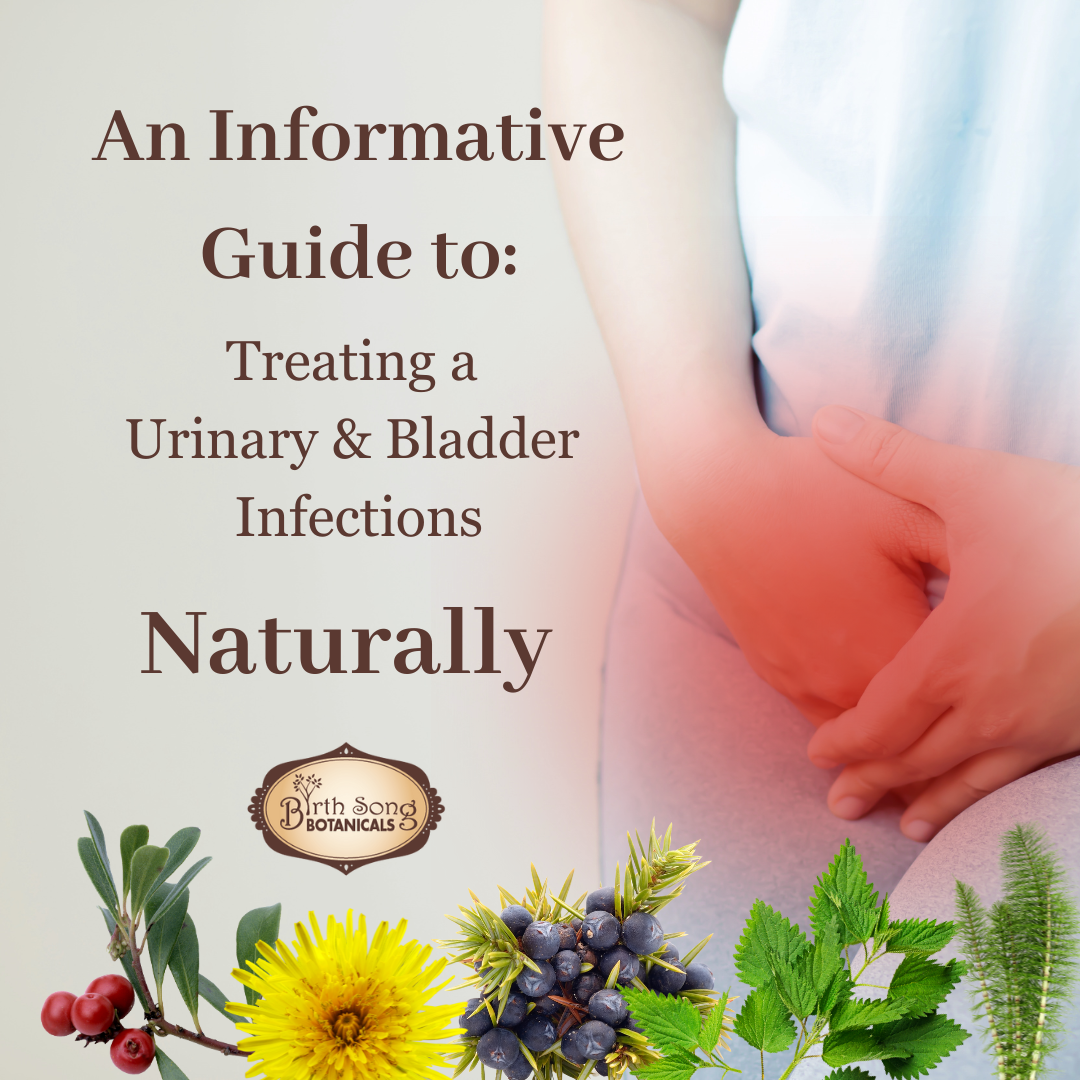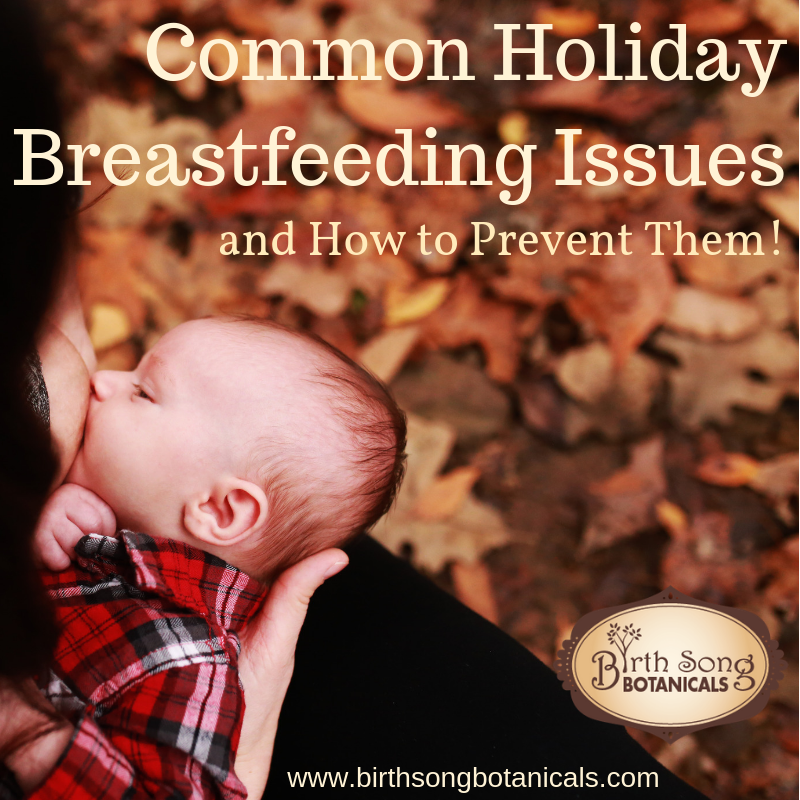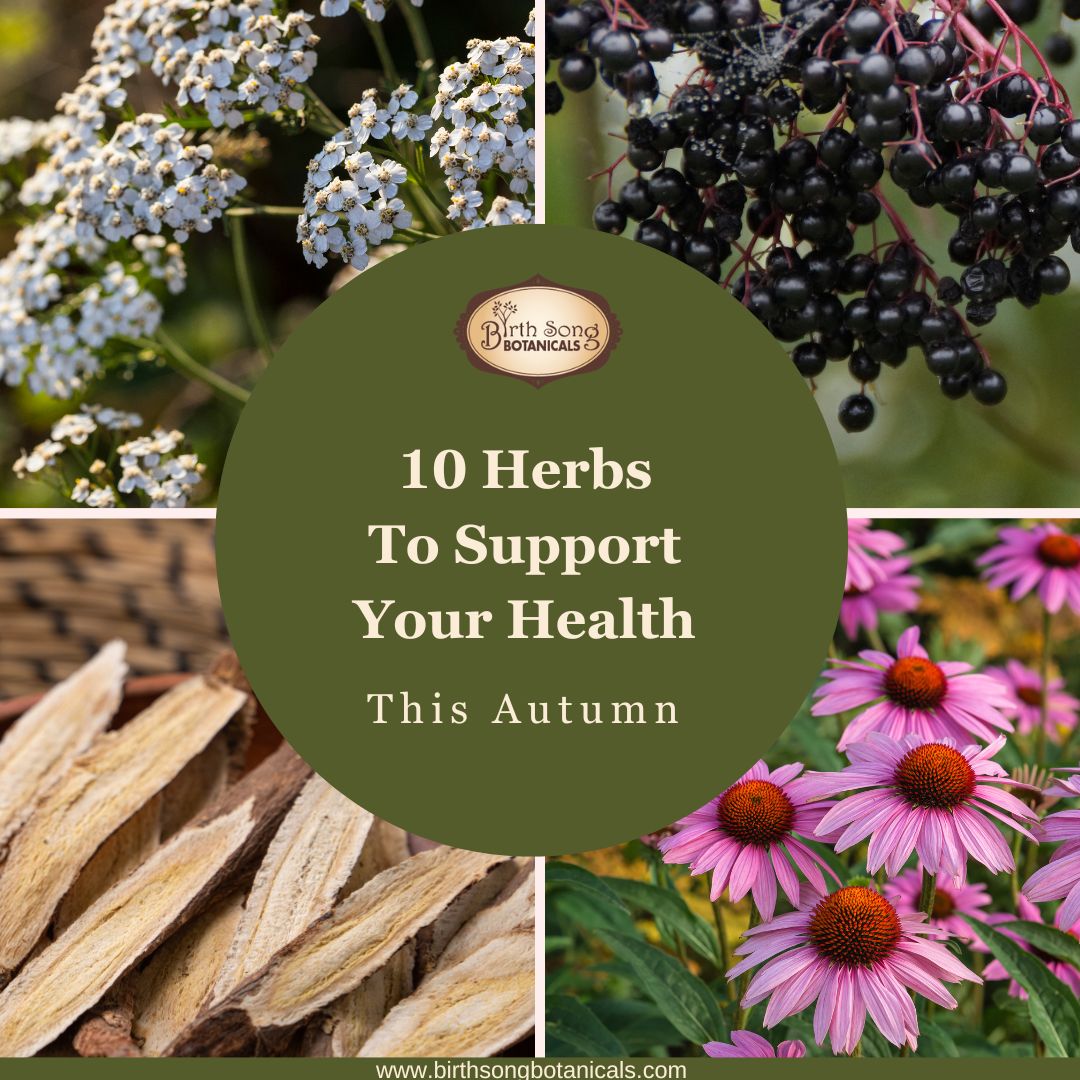Perineal Care After Childbirth

Your baby will be here before you know it. You've gone through the lists and checked it twice. You officially have all of your baby stuff – Swaddlers, cloth diapers, breastfeeding pillow, baby carrier, and car seat... You are a savvy mom who wants to have everything you need for your birth, your baby, and your postpartum recovery process. So, if you don't already have your postpartum herb baths for perineal care and afterbirth recovery you'll want to get them ASAP.
Watch on Youtube:
Listen on SoundCloud:
Here's Why!
Getting everything ready for your birth and your sweet baby is one of the most exciting parts of pregnancy. It feels really great when you're realistically prepared for the birth process so when you go into labor you can be present in the moment and allow the process to unfold.
However, as a midwife, I realize not all women have a full picture in mind of everything that postpartum requires for it to go smoothly. Most people focus on the baby and birth. And the postpartum recovery process gets overlooked until they are in the thick of it. Often one of the biggest surprises for new moms, is how challenging postpartum recovery is and how many supplies you need to take care of yourself and your lady parts after birth.
I'm here today to gently remind you to get ready for the intensity of postpartum and help you take care of your tender perineum after childbirth! I put together this perineal care essentials guide for you, so you won't be surprised by the afterbirth recovery process and suffer any more than you have too!

Before & After Birth
I asked one of my midwifery clients, “What is the biggest difference in your body before giving birth and after?” Her response prompted me to make this post!
My client said: “I used to have this sweet little p**ssy. And now I have a crotch, and my crotch needs a lot of care!”
How true those words are!
As a midwife, when I ask women their biggest fears about giving birth many bring up their fear of vaginal tears. Rightly so! Just the thought of tearing sounds painful. So, let's go there and talk more about this fear of tearing while giving birth. What if you do tear? Do you know how your perineum, vagina, and rectum will feel after you push your baby out? Will your vagina ever be the same? How can you help heal the tear? How do you take care of stitches? My intention with this post is to get real with you so you can have all your supplies and your support system in place before you give birth so you can enjoy your newborn and recover quickly and smoothly.
Let me start by powerfully and honestly reminding you that your body is fully capable of giving birth and recovering completely. Your pelvic floor and vagina are made to give birth. Even if the muscles of your pelvic floor stretch and tear, they are woven together like a basket. They are meant to expand, stretch, and bounce back to their previous size. Your brilliant body is great at opening up completely and closing right back again.
Your postpartum recovery process is an extension of your birth experience, support system, nutritional status, emotional wellbeing, psychological and physical preparedness.

Yes, sometimes women tear when they give birth. And many women get stitches. Those women typically do have a longer recovery time than woman who has an intact perineum and did not tear. Yes, the woman who pushed for 4 hours vs the woman who pushed for 20 minutes will have a different recovery time. Whether you have stitches or not, you pushed for a long time or not, you should anticipate perineal swelling and tenderness. If you did tear, realistically plan for several weeks for a complete recovery. Having realistic expectations and some basic supplies will help you to understand your experience and will hopefully give you more patience and trust in the healing process.
What To Expect Immediately After Giving Birth:
Immediately after birth, expect bleeding, abdominal cramps, general perineal soreness, possible stinging, and swelling. Your bleeding will be like a heavy period for the first few days and will start to slow down little by little. Don’t be surprised when you notice several little gushes of blood when you nurse your baby. This is a good thing! Nursing stimulates your uterus to clamp back down to it’s smaller, non-pregnant size. When the uterus cramps, it pushes the blood out. The cramps usually resolve in the first few days, but your postpartum bleeding may last up to 6 weeks. You can learn more about this aspect of postpartum by reading this related blog post.
Perineal Care Supplies:
Here is a list of the essential and optional supplies you will need to aid in your perineal care and postpartum recovery process.
- Disposable underwear or plenty of roomy, comfortable, cotton underwear
- A Peri bottle
- Chucks pads
- Overnight pads with wings or cloth pads
- Postpartum Herb Baths or sitz baths enough for at least 5 baths
- Kombu seaweed
- Padsicles- herbally infused ice packs
- Herbal Cord Care Powder for your peri bottle or sitz baths
- Fiber to help you have soft bowel movements
- Optional but really nice to have- the herbs for a postpartum yoni steam
- Lube for postpartum sex
All of my private homebirth clients order a birth supply box that has all their birth and postpartum supplies in it. The box contains two pairs of disposable underwear, ice pack pads, postpartum herb bath, and cord care powder. Having your perineal care kit assembled in your bathroom is essential and a huge time saver.
The super cute, one size fits all disposable underwear are nice to have on hand since you will be bleeding for several weeks postpartum, and heavily in the first couple of days. The peri cold packs and the herbal padsicles are intended for the first two-three days after birth when your perineum is the most swollen. It is nice to put the cold pack on after you get out of the warm herb bath, that way you are utilizing a healing aspect of hydrotherapy. When alternating hot from the bath and the cold from the ice you're improving circulation to the tissues. The fresh blood flow increases your body's ability to prevent infection and heal its self. TRUST ME: your lady parts will thank you!
Fill your peri bottle with clean, warm water from the faucet, or utilize your herbally infused water from your postpartum herb bath, or make a tea from cord care powder to make a first aid antiseptic rinse. Each time you use the restroom, give yourself a gentle squirt from your peri bottle while you pee to dilute your urine, preventing it from stinging your tear or stitches. Also, be sure to give yourself a quick rinse after you pee and/or have a bowel movement in order to keep your bottom fresh and clean. Pat dry. Don't wipe just yet. Good hygiene is essential to healing and preventing infection.
Postpartum herb baths are the fastest, most complete way that I know to heal your vaginal area. In my practice, a few hours after giving birth the new mom and baby take their “victory bath” filled with postpartum and baby safe herbs. These specific herbs are blended together to help reduce bleeding, reduce the swelling, minimize infection, ease the pain, promote tissue elasticity, and dry the baby's umbilical cord so it can fall off faster.
You might have read the word Kombu seaweed on the list and thought it was a misprint. What I'm about to suggest often follows with comments like, "You want me to put seaweed on my vagina!?! Why?" That’s right, ladies! I am suggesting putting Kombu seaweed on your vaginal tear. In my midwifery practice, I joke that I’m a "Kombu Convert." There have been several clients whose tears were appropriate to heal naturally without stitches, but they still needed lots of perineal care to make sure everything healed correctly. Believe it or not, Kombu is utilized by midwives as an alternative to stitches if the tear is not gaping open.
Kombu seaweed can be found in Asian markets and health food stores. When you get your Kombu, take out a sheet and cut it to the desired size to fit on your tear. Soak your piece of Kombu in a small bowl of fresh water to rinse off the salt and to soften the seaweed. A nice time to prepare your Kombu is when you are taking your postpartum herb bath. Make sure you soak the Kombu in a bowl of water for about 30 minutes. After your bath, rinse the Kombu in water a few times to wash off the salt. After soaking for about 30 minutes and at least 3 rinses, it is soft and slick and ready to be placed on your perineum. It should feel cool and soothing. Leave it in place as long as possible and replace it with a clean piece a few times a day.
The Kombu really helps pull the skin together and heals it up nicely. The combination of the herb baths and Kombu works wonders! I would post before and after pictures but, as you might imagine, I did not get permission to do so.
The Stages of Healing:
In my experience of attending hundreds of births, I can predict the stages of healing the perineum goes through after birth. It typically starts with a stinging sensation, then a heavy bruised feeling, followed by stitches feeling tight or pulled, the healing itch is followed by a darker red color. Before you know it your tissues will be a nice healthy pink color and look and feel all healed.
Other Considerations For Perineal Care:
After birth, the thought of pushing something else out can provoke anxiety in some women. Fortunately, just prior to giving birth your body went through a cleansing process. It may be a day or two before you need to have a bowel movement. To keep your bowels moving, include healthy fibers to your diet and promote soft stools is a must. Eat lots of fruits, protein smoothies with flax, raisins, and dates are a great way to keep yourself well-fed as you tend to your baby. Please do not take laxatives! If you need help going, take herbal stool softeners.
Hydration is key!
- It helps your bowel movements stay soft so you don’t have to push
- It helps dilute your urine so it does not sting,
- It helps bring your breast milk in.
- It helps keep you hydrated while you are postpartum bleeding, and crying.
Sunlight Is An Excellent Healer:
Sunlight is an excellent healer. See if you can create a private outside space or even a window that you feel comfortable allowing your self to be in direct contact with the sunshine. When the sunlight touches your tear it infuses it with vitamin D and all sorts of life-affirming energy of the universe. If feels great to have sunlight shine directly on your wound.
Pelvic Floor Exercises:
Good muscle tone is essential to your pelvic floor. As soon as you can, start doing Kegel exercises a little at a time to build up your pelvic strength and tone. It is super common to have bouts of incontinence after birth. But with time, pelvic rocks, walking, squatting, and Kegels you will be able to tighten everything back up right where it needs to be. Read this blog post to asses if you need pelvic floor therapy.
Postpartum Sex:
Six weeks postpartum, if you have stopped bleeding completely and feel ready for sex, go for it! But take your time, go slow, be gentle, and use lots of good lube. Sex after birth is its own new experience, but one thing I want to mention here is that your body is sending all of it’s available hydration to your milk supply, so your vagina will feel much dryer than it did before giving birth. Read our breastfeeding and sex blog to have a more fulfilling postpartum sexual experience.
Remember:
As with any healing process, expect that there will be good days and more challenging days. Also, please remember the more you rest in the beginning, the quicker you will be back on your feet. It’s not being lazy or unproductive if you spend the first few weeks just tending to your baby and your lady parts. That is exactly what you are supposed to be doing now, and it’s REALLY important for you to feel nurtured as a mother now and for the rest of your life.
To purchase postpartum herbs for both vaginal and cesarean births, click here.
Remember to:
Like our Birth Song Botanicals Facebook Page
Follow Birth Song Botanicals Co. on Instagram
Read our Birth Song Botanicals Blog
Watch Birth Song Botanicals on Youtube
Listen to Birth Song Botanicals on SoundCloud
Be inspired by Birth Song Botanicals on Pinterest
Photo Credit








